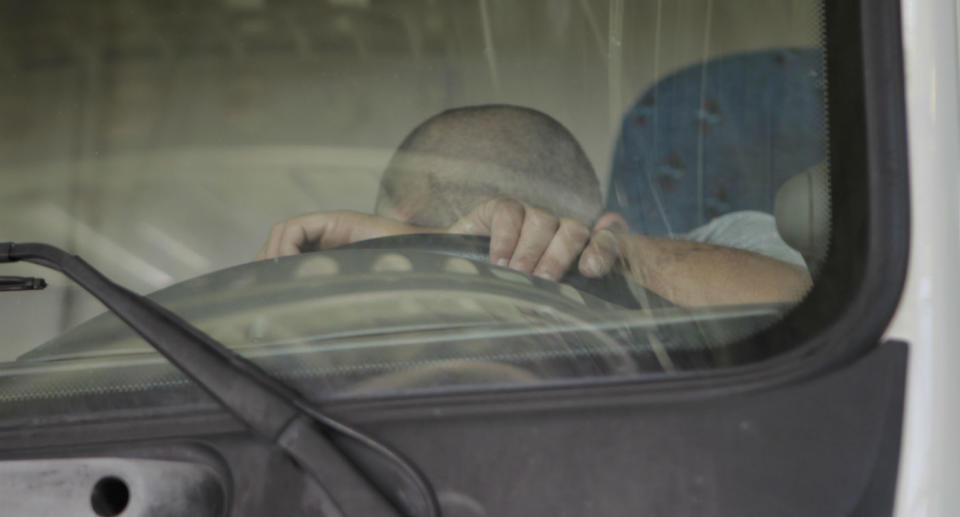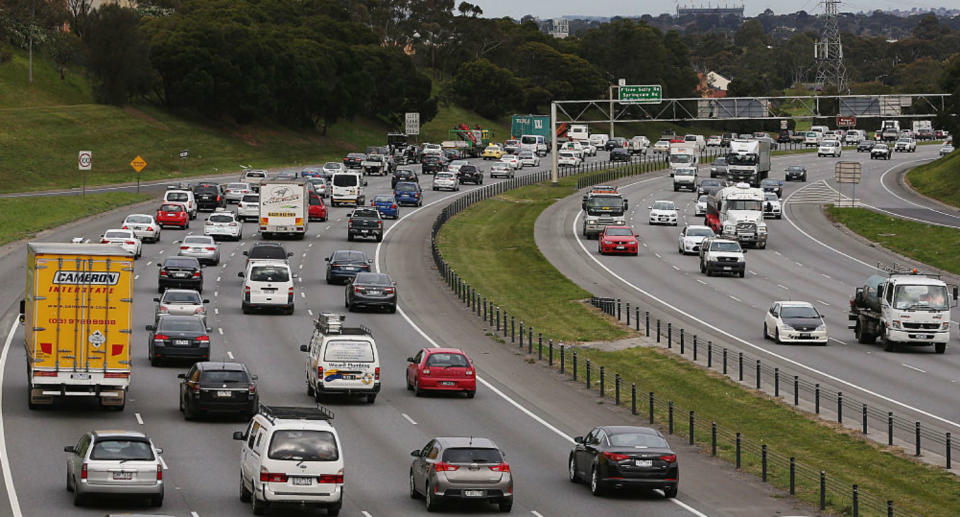The risky driver behaviour which may be targeted by new high-tech cameras
Drivers who are fatigued may soon be targeted by a new type of roadside testing.
The high-tech technology, which will reportedly detect how sleepy a person is, will work much like alcohol and drug testing.
Police who pull over drivers will be able to use the technology to scan pupils to detect the level of tiredness, News Corp reports.
The cameras will be trialled for a year as part of a research project by Monash University and VicRoads.
Once the trial is over, the technology could soon be implemented depending on the results.

According to the Victorian Transport Accident Commission, if a driver falls asleep for just four seconds while travelling at 100km/h, the car will have gone more than 100 metres without the driver being in control.
It claims fatigue is the major cause of crashes in Victoria, with 50 deaths and about 300 injuries each year.
Shift workers, drivers with sleep disorders and young drivers are believed to be most at risk.
News Corp reports those taking part in the camera trial will be forced to stay awake for 32 hours before having their eyes scanned before, during and after a two-hour drive.

A driving instructor will sit alongside the fatigued participant in a dual control vehicle during next month’s trial.
VicRoads road user and vehicle access director Roger Chao said the cameras could provide promising results and save lives, much like alcohol and drug tests.
Monash University Associate Professor Clare Anderson told News Corp people’s pupils changed depending on their fatigue level and technology could detect it.
“The next step is to determine how well this technology correlates with poor driving by drivers who we know are tired,” she said.

